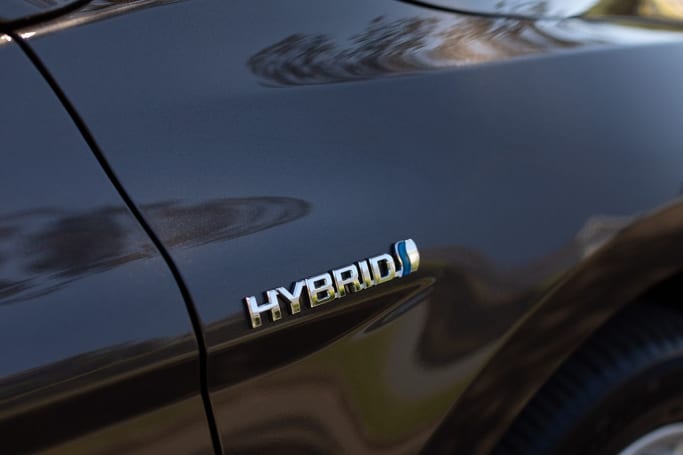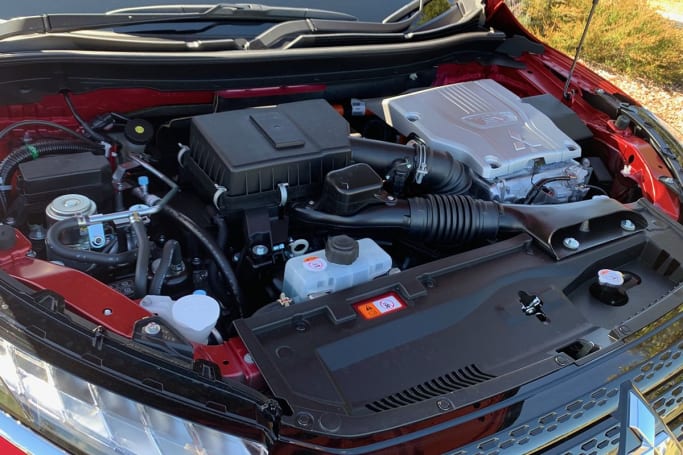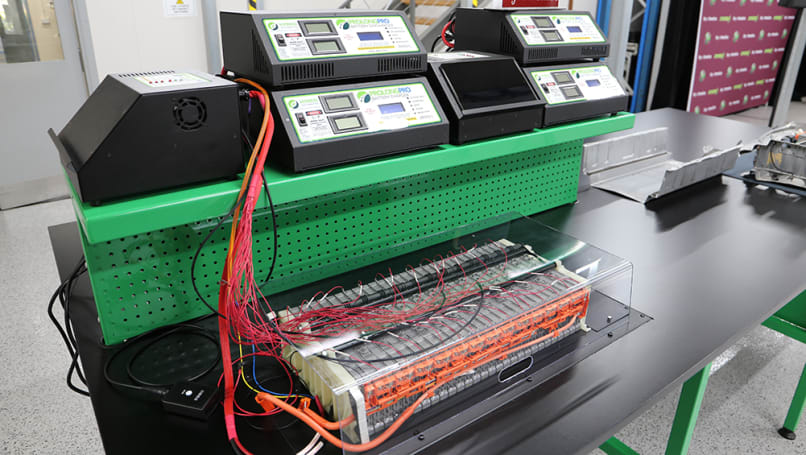Hybrid cars have less of a negative environmental impact than petrol- or diesel-powered internal-combustion-engined (ICE) vehicles.
Regardless of whether it’s an all-electric vehicle, plug-in hybrid electric vehicle (PHEV), hybrid, or Fuel Cell Electric Vehicle(FCEV), there are many advantages to driving an electric car.
The most important benefit of electric cars is not only that they make you look great, but also because they are good for the environment.
Learn more about hybrid cars
Electric cars cannot help the environment by picking up old face masks from the street or fishing for plastic straws in the ocean. However, they can make a difference by either creating less carbon emissions than full-ICE vehicles (EVs, FCEVs) or putting less carbon into the atmosphere (PHEVs or hybrids, which have both an electric motor and an ICE).
Hybrid cars are good to the environment?
 Hybrids use less fuel than standard ICE vehicles.
Hybrids use less fuel than standard ICE vehicles.
The term “Good” might be a stretch as the ICE in hybrids still produces harmful emissions. So a more precise description might be better. Better because the car’s combination of an ICE motor and a battery-powered electric engine in a hybrid makes it more fuel efficient, which means less pollution from the tailpipe.
If you’re used to driving an ICE car and are wondering why there’s so much fuss about hybrids and EVs, the answer lies partly in the figures that show they emit significantly less carbon dioxide (CO2) than ICE cars.
The National Transport Commissions Carbon Dioxide Intensity Report for New Australian Light Vehicles 2020 found that passenger cars and light SUVs produced an average of 149.5g/km. This figure was 216.7 g/km for heavy commercial vehicles and heavy SUVs.
These numbers are lower for electric cars, with PHEVs at 51g/km and hybrids at 103g/km, respectively.
A 2022 Toyota Camry is compared with a hybrid 2022 Toyota Camry Ascent. There’s a noticeable difference. The former has CO2 tailpipe emissions combined of 155g/km, while that of the latter is 96g/km.
How do hybrid cars stack up against all-electric cars in terms environmental impact?
 Even though hybrid cars have ICE, they still produce harmful emissions.
Even though hybrid cars have ICE, they still produce harmful emissions.
As you would expect, EVs/FCEVs that run on hydrogen fare a bit better in terms of average emissions intensity than hybrids/PHEVs. It is a nice, smooth 0g/km.
There is more to an electric car’s environmental impact than just tailpipe emissions. You also need to consider greenhouse gases that are created during manufacturing and greenhouse gases that are created at power plants that produce the electricity. However, if the electricity is generated from clean, renewable energy such as solar, wind, or hydro power, then the environmental impact is much greater. You can also charge an EV entirely with your own solar panels and be able to drive it around powered by sunlight. Impressive.
The International Council on Clean Transportation (ICCT), in a report for 2021, found that electric cars, which include hybrids and PHEVs, produce less greenhouse gasses than ICE vehicles. It is possible to get the materials to make them, but it can be difficult to find the right materials to make them.
Can the batteries in electric cars ever be recycled?
 You can recycle around 97% of the components from used batteries.
You can recycle around 97% of the components from used batteries.
The expected life expectancy of lithium-ion battery used in EVs ranges from 10 to 20 years. Most car makers guarantee them for eight year/160,000km. (The guarantee states that a pack should still be able hold at least 70% charge after eight years).
It is unlikely that an EV battery will ever go out of use. However, it is possible to replace them and recycle around 97% of their components. Researchers are currently working on making this process easier.
It’s important that they do. According to the Battery Stewardship Council, Australia will dispose between 137,000 and 186,000 tonnes annually of lithium-ion batteries. Each tonne is worth between $4400 & $17,200 in materials. There is the potential to create an industry for recycling that will be worth $3.2B by 2036.
Some car manufacturers, like Ford, Volvo, Renault and Renault, are now getting involved in the recycling process. Toyota Australia already offers either a charge or a credit towards a new EV batteries for every battery that is returned.
Conclusion
Although hybrids and PHEVs will not do as much for the environment as all-electric cars, because they have ICEs underneath the hood, along with their battery powered electric motors, they are still a better choice than ICE cars when it comes down to being green.
You can reduce your carbon footprint if you are diligent enough to keep your battery charged at all hours and drive very little each day.

